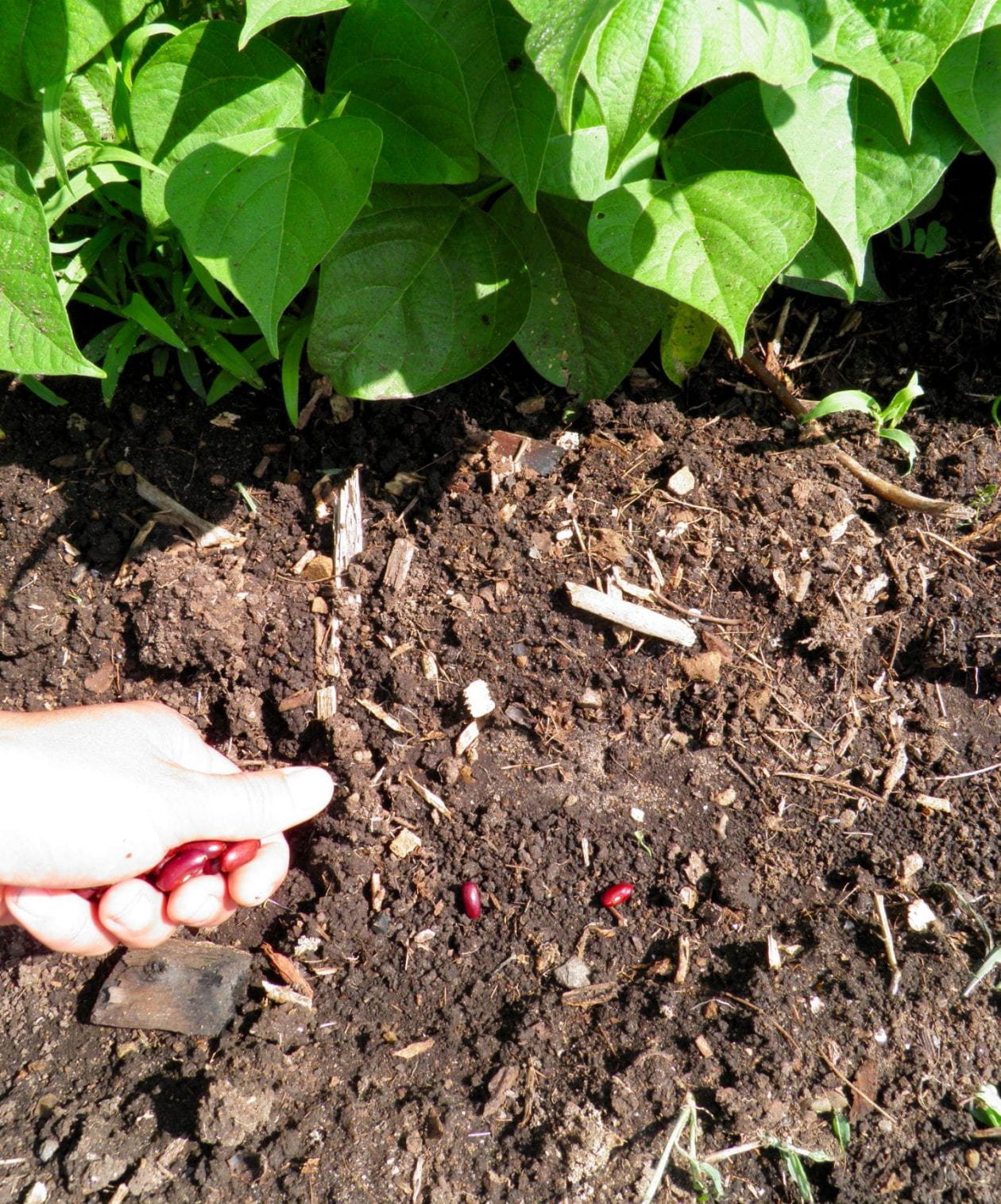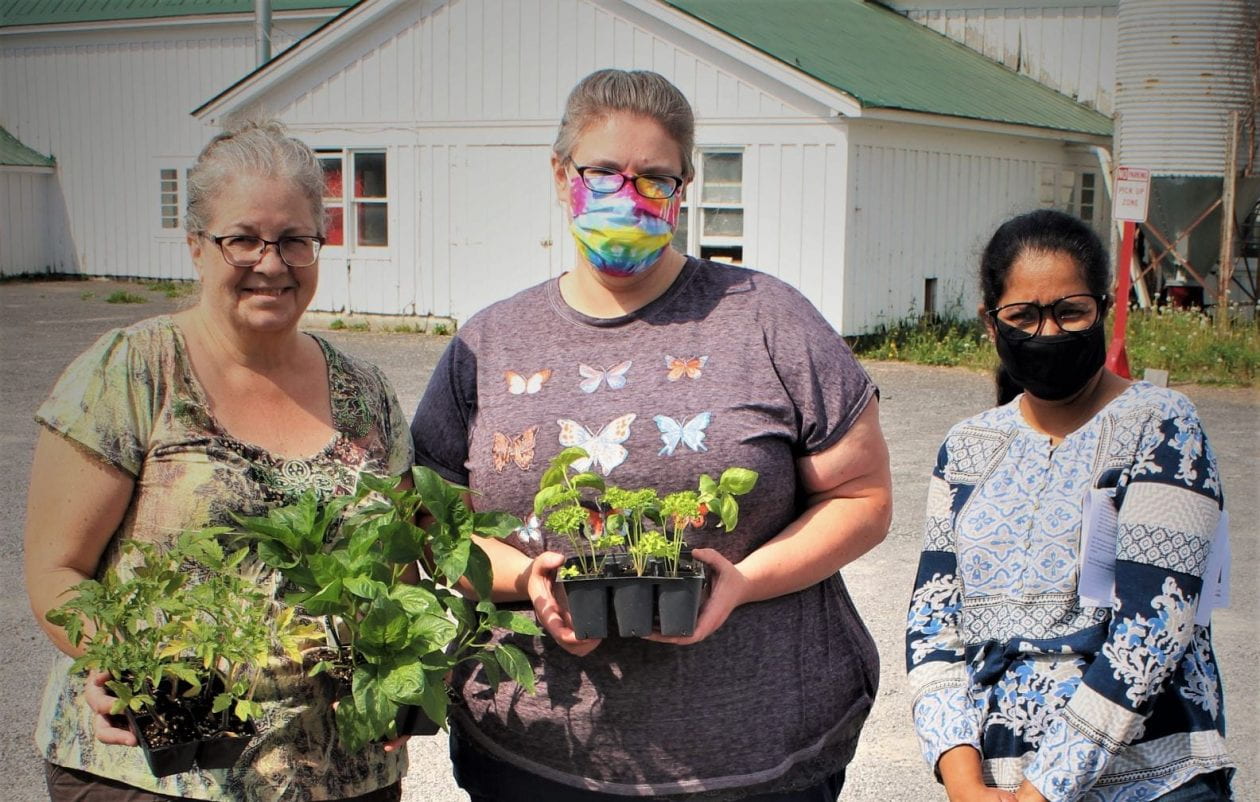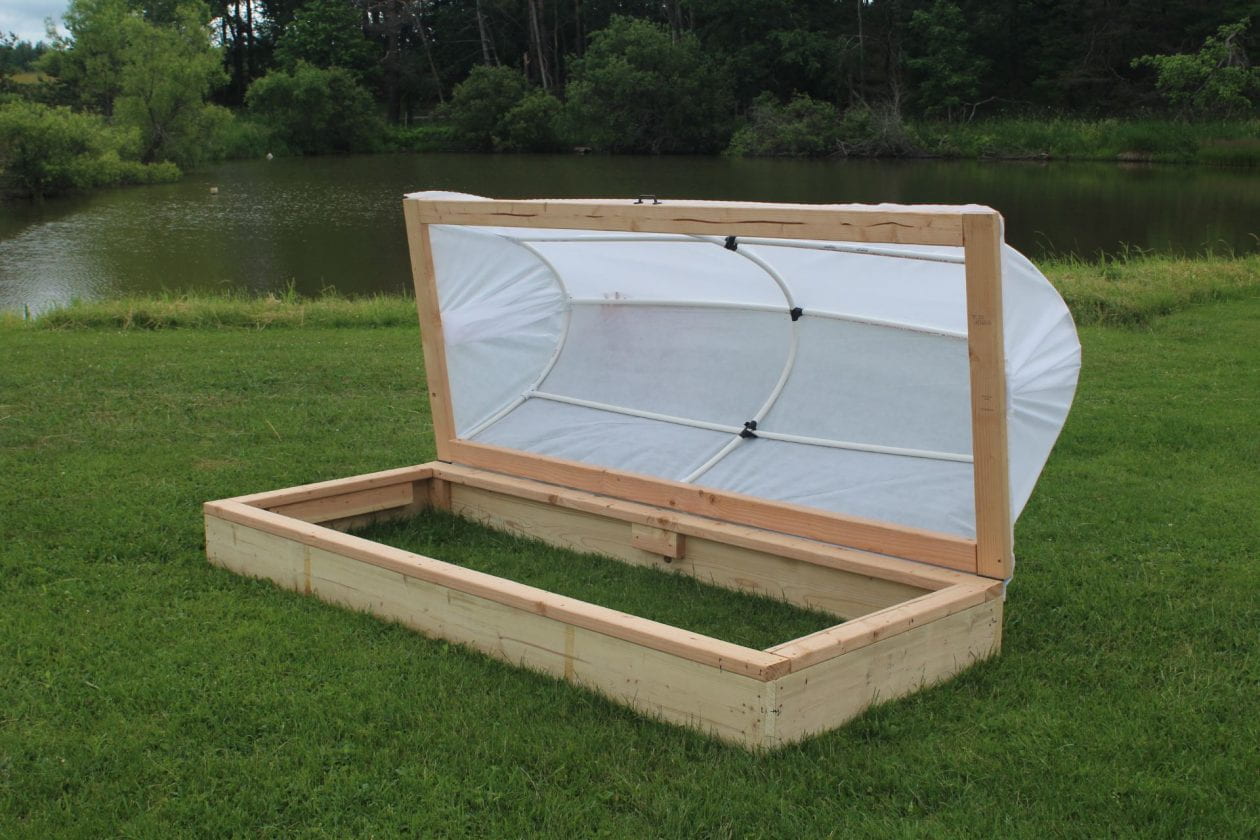By Ken Kogut, Master Gardener at St. Lawrence County Cornell Cooperative Extension
Are you a gardener who plants everything at the end of May and thinks “That’s it for planting this year”? If you do, I’m guessing you miss having nice salad greens, spinach and kale after your initial crops have become bitter and gone to flower. Succession planting is a garden practice that stretches your harvest season and maximizes your use of garden space. It’s not too late to start!
Succession planting begins with the knowledge that many common garden vegetables tolerate light frosts and can be planted in cool soils. Peas, carrots, lettuce, spinach, beets, and radishes are great candidates to start in your garden as early as April. Then, as the term “succession” implies, you can continue to plant multiple crops of those vegetables throughout the growing season, following one after another. Succession planting is normally done on a two to three week interval. Some cold-sensitive vegetables such as bush beans can be added to your succession planting schedule now that the threat of frost has passed (typically early June in the North Country). Add them to your schedule and keep fresh produce on your table throughout the summer.
Rather than having just one huge crop of lettuce, spinach, beans, etc. in early summer, succession planting will ensure that you enjoy multiple crops from the same plot of land throughout the summer and into the fall. Read more A Succession Planting Calendar for St. Lawrence County


